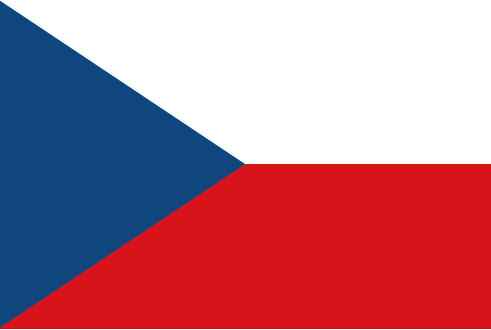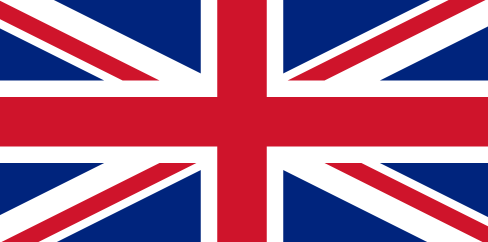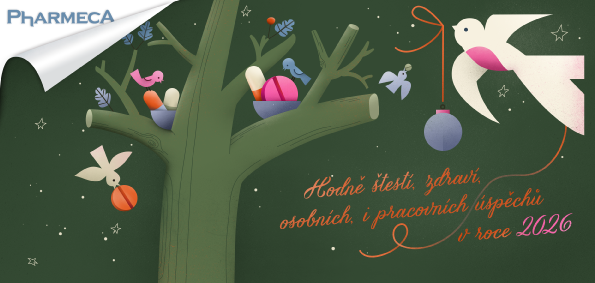Sekce:
Daily overview
Update of Guideline CAU-08
SÚKL has published an updated version of guideline CAU-08 - Requirements on the structure of technical documentation to be submitted along with applications and on the structure of opinions of...
SÚKL
01/02/2026
Sekce:
Daily overview
Update of Guideline CAU-08
SÚKL has published an updated version of guideline CAU-08 - Requirements on the structure of technical documentation to be submitted along with applications and on the structure of opinions of...
SÚKL
01/02/2026
Sekce:
Daily overview
Update of Guideline CAU-08
SÚKL has published an updated version of guideline CAU-08 - Requirements on the structure of technical documentation to be submitted along with applications and on the structure of opinions of...
SÚKL
12/31/2025
Sekce:
Daily overview
Czech legislation
An up-to-date overview of selected Czech legal regulations regarding medicines and medical devices.
Pharmeca
12/30/2025
Sekce:
Focused on
Current Topics in Price and Reimbursement Regulation
The Dawn of the Amendment to the Public Health Insurance Act article series has gradually introduced the changes that will take effect from 1 January 2026. With the aim of increasing awareness of...
SÚKL
12/18/2025
Sekce:
Daily overview
Update of Guideline CAU-08
SÚKL has published an updated version of guideline CAU-08 - Requirements on the structure of technical documentation to be submitted along with applications and on the structure of opinions of...
SÚKL
12/18/2025
Sekce:
Daily overview
Selection from Decision-Making Practice - 27
Reimbursement of Orphan Medicinal Products Cannot Be Determined Without Evidence.
Pharmeca a.s.
12/12/2025
Sekce:
Focused on
Amendment to the Public Health Insurance Act from the Perspective of FSMP
As part of the Dawn of the Amendment to the Public Health Insurance Act article series, we have gradually introduced the updates related to medicinal products. In the following article, we focus on...
Pharmeca a.s.
12/10/2025
Sekce:
Focused on
Dawn of the Amendment to the Act on Public Health Insurance – Part 8
As part of our new article series, we briefly outline the key changes in the medicines domain linked to the amendment to the Act on Public Health Insurance. This time on the topic of inpatient care...
Pharmeca a.s.
12/03/2025
Sekce:
Focused on
Dawn of the Amendment to the Act on Public Health Insurance – Part 7
As part of our new article series, we briefly outline the key changes in the medicines domain linked to the amendment to the Act on Public Health Insurance. This time on the topic of similar and...
Pharmeca a.s.
11/26/2025
Sekce:
Daily overview
Selection from Decision-Making Practice - 26
Litispendence Under Close Scrutiny.
Pharmeca a.s.
11/24/2025
Sekce:
Focused on
Dawn of the Amendment to the Act on Public Health Insurance – Part 6
As part of our new article series, we briefly outline the key changes in the medicines domain linked to the amendment to the Act on Public Health Insurance. This time on the topic of in-depth and...
Pharmeca a.s.
11/19/2025
Sekce:
Daily overview
SÚKL Office Hours at the End of the Year
Information on the operation of SÚKL’s registry office and cash desk at the end of 2025.
SÚKL
11/18/2025
Sekce:
Daily overview
New Obligations for Entities Concerned with Medical Devices
The State Institute for Drug Control (SÚKL), in connection with new legislation also covering medical devices, has published a set of questions and answers highlighting, among other things, the new...
SÚKL
11/13/2025
Sekce:
Focused on
Dawn of the Amendment to the Act on Public Health Insurance – Part 5
As part of our new article series, we briefly outline the key changes in the medicines domain linked to the amendment to the Act on Public Health Insurance. This time: products Intended for...
Pharmeca a.s.
11/12/2025


